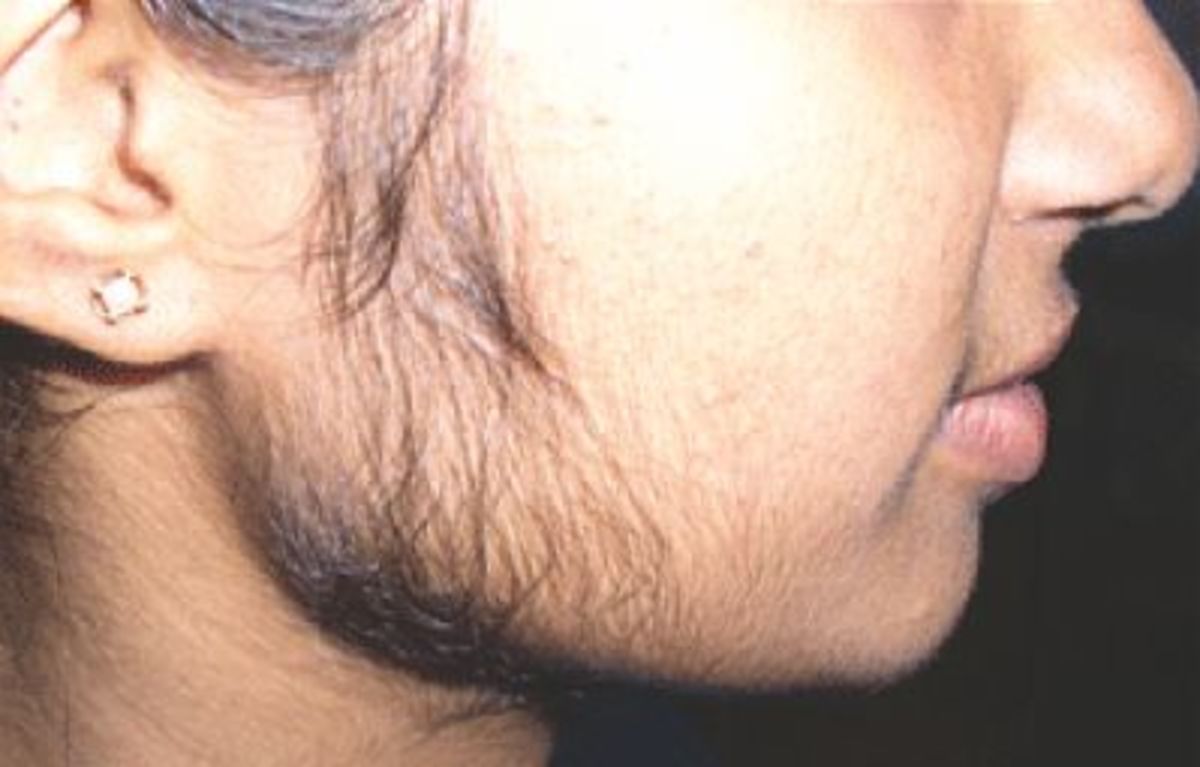What Is Laser Hair Removal?

Laser hair removal is one of the most popular salon-based methods for getting rid of unwanted hair available today. It works by destroying the hair follicles through exposure to pulses of laser light. It has been available since the mid-1990s although at that time it was seen as a very specialise method that few could afford. Since then it has become less costly and the number of people having the treatment grows year-on-year. You can even purchase laser hair removal devices for use at home, although these are generally not quite as effective as the salon-based treatments.
Laser hair removal is carried out through a process called ‘selective photothermolysis’ (SPTL), whereby a laser will cause localised damage to the hair follicles by heating dark target matter. Because light is absorbed by dark materials, laser energy can be absorbed rapidly by dark substances in the skin – such as hair follicles. However, because of the selective absorption of laser light photons this treatment will only work on black or brown hair. It will be particularly effective if the hair is dark and coarse and the skin is very light. However, new technologies in laser hair removal are also making it possible to treat people with dark skin.
The procedure will be performed in a clinic with an applicator that emits laser and bi-polar radio frequency energies to damage the hair follicles. It will normally take about three weeks following a treatment for the lasered follicles to push out the hair, but after this they should not grow back and some hair shafts can be pulled out of the follicle immediately. In the three weeks after the treatment you will notice some shedding of hair.
One treatment will usually remove up to 40 per cent of the hair in the treated area, but if you want a more complete clearance then obviously further sessions will be required. This is partly because hair growth occurs in several phases so one session will only target hair currently active hair follicles. To gain the maximum effect it is generally recommended that patients have at least six treatments, leaving at least three weeks between sessions to allow for new hair growth cycles to begin. However, the number of sessions required will vary depending on the area to be treated, the skin or hair colour and the coarseness of the hair.
Laser hair removal is classed as a permanent removal method and if enough sessions have taken place and the area has been treated thoroughly this is indeed generally the case. The treatments are very safe, particularly as there have been a great many advancements in this technology since it was first introduced. You are not running the risk of any long-term health issues by having this done. With regards to side effects, there may be some slight discomfort during treatment and immediately following it you may notice some temporary pinkness in the skin. This is nothing to worry about and will go away on its own.
So how does laser hair removal differ from other permanent removal methods such as electrolysis or IPL? Well, a plus for electrolysis is it can be used for all types of hair, whether light or dark, fine or coarse. However, the hair can grow back again over time depending on hormone levels or changes. IPL, or Intense Pulsed Light, is similar to laser hair removal but uses xenon flash lamps that emit full spectrum light. This has the same kinds of benefits and drawbacks as laser removal.
There are clear benefits to using a permanent form of hair removal such as laser removal rather than shaving or waxing. Once the treatments have finished it won’t be constantly growing back which as we all know is rather a hassle. However, it is relatively expensive and not everybody can afford the number of treatments required for it to be totally successful.
If you do decide you want to give this a go, do a bit of research first. Find out which are the most reputable clinics in your area and make sure that the person who will be carrying out the treatment is fully qualified. This is important both to ensure your safety and to ensure that you’re not wasting your money on a procedure that won’t be effective. If you know anybody who has had this done, ask them which clinic they used and how happy they were with the results. You will find that most big towns will have at least one clinic offering this service nowadays.






